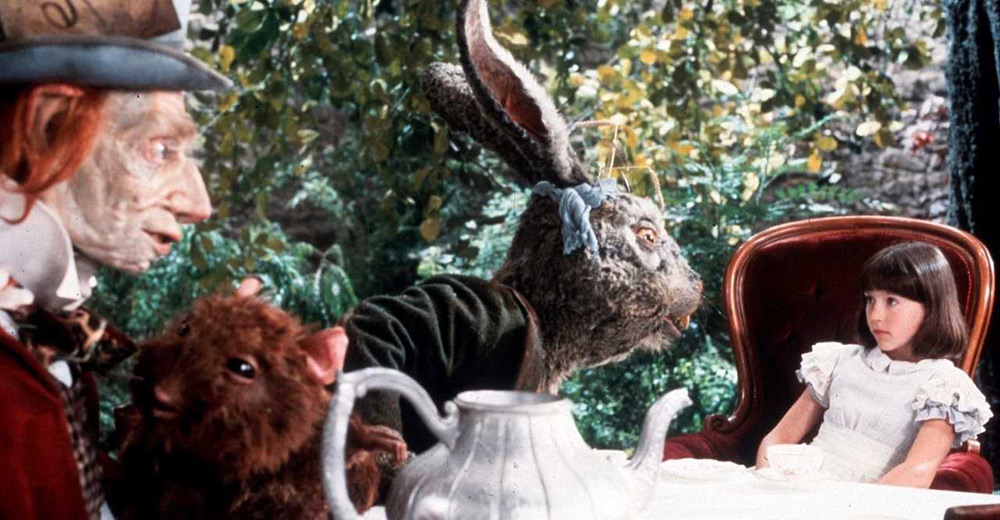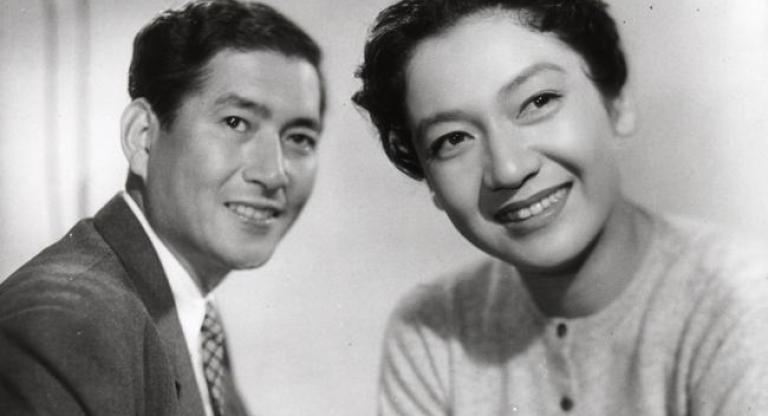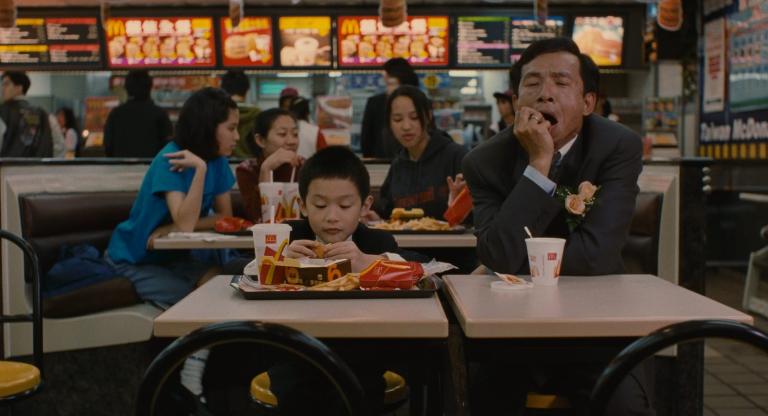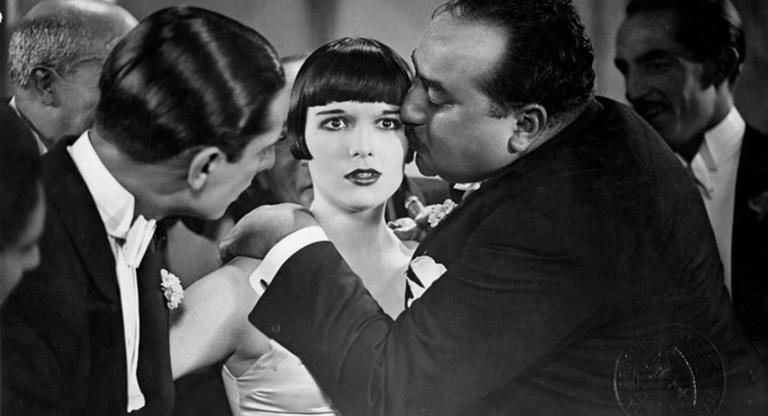The British dramatist Dennis Potter wrote one of his first television scripts, BBC’s The Wednesday Play “Alice”, in 1965. In it, he explored the relationship between Charles Dodgson (better known under the pen name Lewis Carroll) and Alice Liddell, the young girl who became the inspiration for Dodgson's most famous work, Alice In Wonderland. Many scholars had argued that Dodgson’s interest in the young girl had been of a more sinister and prurient nature than commonly acknowledged, and Potter used this theory to establish a theme that he’d return to time and time again in his career: the repression of trauma and how it breeds the need for escape through fantasy. Two decades after writing this early script, Potter returned to this work and transformed it into the feature film Dreamchild (1985).
After a series of financial failures adapting his work to the silver screen, Potter set up his own production company and hired his previous collaborator, the television director Gavin Millar, to helm Dreamchild as his feature debut. Yet, as producer and screenwriter, Potter maintained almost complete creative control. And while he was known to be a notoriously acerbic writer, Dreamchild proved to be one of his most gentle and sensitive creations. The film’s narrative expands significantly on the original play by focusing on an elder Alice (played with remarkable nuance by Coral Browne) as she travels to the United States from England to receive an honorary degree from Columbia University occasioned by a celebration of Carroll’s centenary. As she is paraded around as a cause célèbre, her memory begins to unfurl, jumping between her childhood with Carroll and fantasy sequences based on his writings.
The Jim Henson Company was brought on to design the surreal characters from Carroll’s books, including The Mad Hatter, The March Hare, and others. They were based on the original book illustrations by Sir John Tenniel. Henson was a long time admirer of Potter’s work and he delegated the creature designs to Lyle Conway, whose previous films, The Dark Crystal (1982) and Return to Oz (1985), share Dreamchild’s uneasy and often abrasive mixture of nightmare visuals and fairy tale escapism in their rendering of what are ostensibly children’s stories. Henson’s creatures in the film serve as a doorway into and out of the elder Liddell’s memory, taking her through the looking glass into worlds of both comfort and duress.
Although Potter’s film is deliberately ambiguous in its depiction of Carroll’s intentions toward Alice, many viewers have interpreted it as a rumination on her slow coming-to-grips with buried abuse; but, the truth is that Dreamchild is much more subtle and multifaceted in portraying Liddell’s attitude toward her past. It considers nostalgia as an obfuscating force, and shows how the mind can render the same memory as pain or as joy given the right set of circumstances. After the film’s premiere, Jim Henson wrote the following to Potter: “Your delightful script made the film a joy to work on. I feel proud to have my name on a picture of this calibre, and to be associated with your efforts.” No higher endorsement is needed.
Dreamchild screens this afternoon, October 4, and on October 5, at the Museum of the Moving Image on 35mm as part of the series “Jim Henson’s World.



